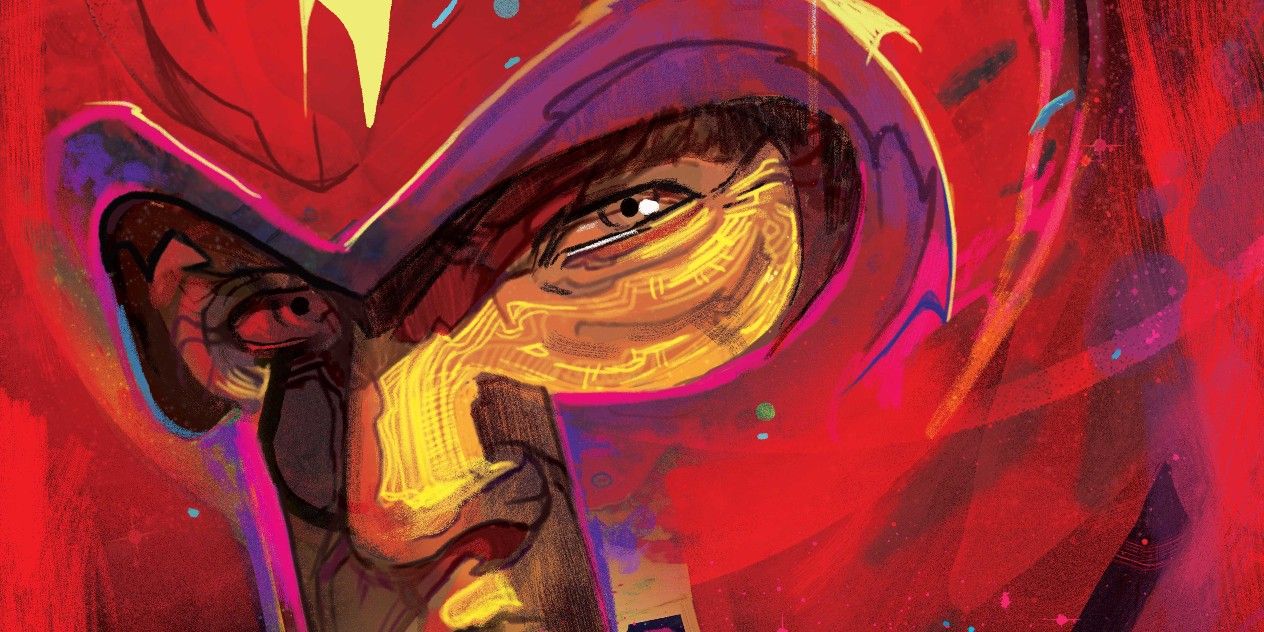Marvel's X-Men: Red #1
- Artist
- Stefano Caselli
- Colorist
- Federico Blee
- Cover Artist
- Matthew Wilson, Russell Dauterman
- Letterer
- Ariana Maher
- Price
- 4.99
- Publisher
- Marvel Comics
- Release Date
- 2022-04-06
- Writer
- Al Ewing
X-Men: Red #1 continues the massive Destiny of X roll-out as the cosmic reach of X-Men extends even further. Marvel mainstays and collaborators on S.W.O.R.D., writer Al Ewing and artist Stefano Caselli are reuniting for this ambitious new project, with colors by Federico Blee and letters by Ariana Maher. After terraforming Mars, Arakki mutants are gradually inhabiting their recently claimed homeworld. However, with a new planet comes old problems that form the basis of X-Men: Red.
The first issue of X-Men: Red naturally falls into three distinct parts, each following an iconic mutant through personal transformation and upheaval on the newly dubbed planet Arakko. Storm wrestles with her status as the Queen of Mars. Faced with a critical juncture in the future of Arakko and external pressure from Earth, she is forced to decide what kind of ruler she will be. Elsewhere on Arakko, Magneto searches for solitude to live out his twilight years. Finally, Sunspot has opened a bar, drifting through life and wondering about his chances of bringing disco to space. With the appearance of some unexpected characters, Sunspot realizes that old tensions, both personal and political, are more dangerous than ever on a new planet. All three characters converge for the conclusion, setting the foundations of a new schism in mutant-kind that might tear apart the fragile peace on Arakko for good.

Ewing proves his mettle as a veteran writer in X-Men: Red #1, weaving together a complex story with countless moving parts without the narrative feeling mechanical. In fact, the plot feels extremely character-driven in an organic way, with each depiction feeling well-considered and authentic. X-Men: Red #1 is tightly intertwined with the current X-Men continuity, meaning that the referenced past storylines and character beats are largely incomprehensible to anyone who hasn't kept up with recent titles. Even the most eagle-eyed hunters of context clues will struggle to keep abreast without an idea of the developments of last year's inaugural Hellfire Gala. This is not a weakness of the writing per se, but an undeniable factor in how much any given reader will enjoy the issue.
Caselli's art is expressive and utterly gorgeous, handling dramatic Martian scenery and subtle dialogue with equally high standards of execution. The action scenes are visually dynamic and imbued with a tautness that drives the momentum of the sequence and also gives resonance to the emotions behind the violence. Caselli has a beautiful style for capturing faces and expressions, which beyond being very technically impressive delivers some deeply emotive panels that reinforce the character development and its poignancy.
Blee's fantastic colors are what really sell the comic as an extraterrestrial adventure, with the titular red dominating the pages. The sky shifts miasmically between a dusty brick color and something closer to magenta, and even indoors a ruddy glow persists. Another byproduct, besides the undeniable atmosphere, is that all flashbacks or scenes not set on Arakko lack that flavor, giving it a distinctive and individual identity. The lettering by Maher is solidly impressive throughout, including some excellent sound effects amid action sequences that almost merge the lettering with the art itself. The combination is visually stunning and keeps the reader immersed in the action.
X-Men: Red #1 is a gripping and ground-breaking debut that does an excellent job of drawing together disparate threads of the sprawling X-Men canon to springboard into an exciting new chapter. The bold finale is perfectly crafted to leave the reader eager for more. Now that all the pieces on the board have been arranged, the next issue can't come soon enough.



